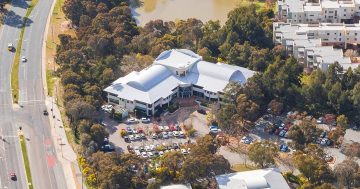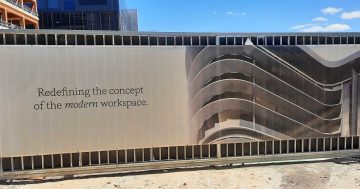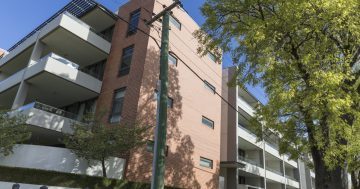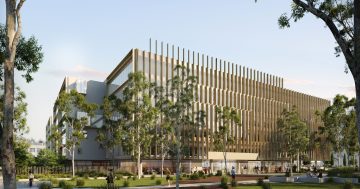
Commonwealth procurement changes have slowed the Canberra office market but there is unmet demand from small to medium sized businesses.
The ACT office market will contract further with more buildings withdrawn to be repurposed or redeveloped, as private sector businesses struggle to find quality space in the small to medium sector, according to Laing and Simmons Commercial Managing Director Alex Smith.
He was commenting on the Property Council of Australia’s latest Office Market Report which shows vacancy rates have declined over the past six months despite falling demand, due solely to the withdrawal of stock.
Mr Smith said this would continue but he believed the market would start to see more demand from the ACT’s dominant player, the Commonwealth, as it implemented new whole-of-government leasing arrangements.
He said there was still a lack of supply of good quality office space to meet the demand from small to medium private sector businesses, many of which do not want to make their home in the increasing number of mixed-use developments in Canberra.
“The problem they’re facing is a very low level of supply of good quality office space to accommodate these businesses. C and D and even B grade is not really appealing or motivating enough for these businesses to relocate,” Mr Smith said.
“We need good quality private sector office accommodation that is suitable for those tenants in the sub 500 square metres or 1000 square metres space, not in a mixed-use environment which is where a lot of the office space has been supplied for that market over the past five years or so.”
Property Council ACT Executive Director, Adina Cirson said that over the six months to July 2018, Canberra’s overall vacancy rate decreased slightly from 13.2 per cent to 12.5 per cent – slightly higher than the vacancy rates recorded 12 months ago at 11.6 per cent.
Canberra’s vacancy rate ranked fourth among the capital cities after Perth, Adelaide and Brisbane.
“The vacancy rate in Civic remained relatively steady, dipping from 11.3 per cent to 10.5 per cent – up from 9.4 per cent in January 2017,” Ms Cirson said.
“The decrease in vacancy is solely due to withdrawal of stock, with a significant 65,368 square metres withdrawn and -25,755 square metres net absorption recorded in the capital.
“That said, the Australian vacancy rate sits at 9.1 per cent, and we remain well above the optimal vacancy rate of 6 per cent.”
Demand for A Grade office space further tightened vacancy rates from 8.8 per cent to 8.5 per cent due to 6,936sqm of net absorption and 1,546sqm of withdrawal, but B Grade vacancy rates increased to 12.6 per cent from 8.9 per cent 12 months ago.
Both C and D grade office stock saw a welcome of a small decrease in vacancy, but they are still high at 19.1 per cent and 18.6 per cent respectively.
The report said that across the entire market, some refurbished stock had become available which could place pressure on owners to increase incentives to tenants. Commercial agents were also recording an increase in smaller tenancies under 500 square metres.
Ms Cirson said there was clearly a demand for smaller, premium office product but overall the Commonwealth’s new approach to the market was keeping it in a holding pattern.
“That said, business sentiment is strong, and we expect an increase in office demand over the medium term as whole of government processes are bedded down – particularly amongst businesses seeking outsourcing opportunities with the Commonwealth,” Ms Cirson said.
Mr Smith agreed that sentiment was strong but to be motivated to move businesses, they either had to win a big contract or something that allowed them to expand.
He said they wanted to move into something better than what they’re in but there was a very minimal amount of supply for that market.
“Hopefully we’ll see a greater desire for building owners to want to start providing great quality office space to small to medium-sized businesses rather than having all their eggs in the Commonwealth market,” he said.
He said building owners seemed reluctant to deliver it, with cost being a factor, but developers such as Doma or Willemsen Group were starting to provide very good value for small to medium-sized office spaces.
The Property Council expected further take-up of space when the Department of Home Affairs moves to Brindabella Park at the end of 2018.
It said 15,000sqm would be supplied in 2019, and 49,000sqm was due to come online from 2020 onwards, with 24,000sqm already under construction, 13,000sqm in site works and 12,000sqm DA Approved.




















